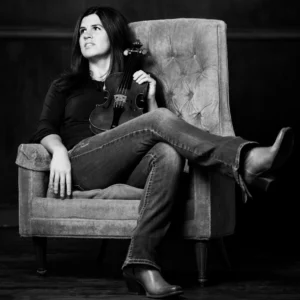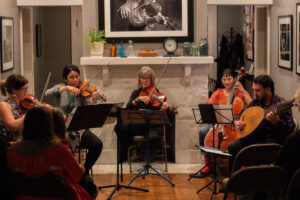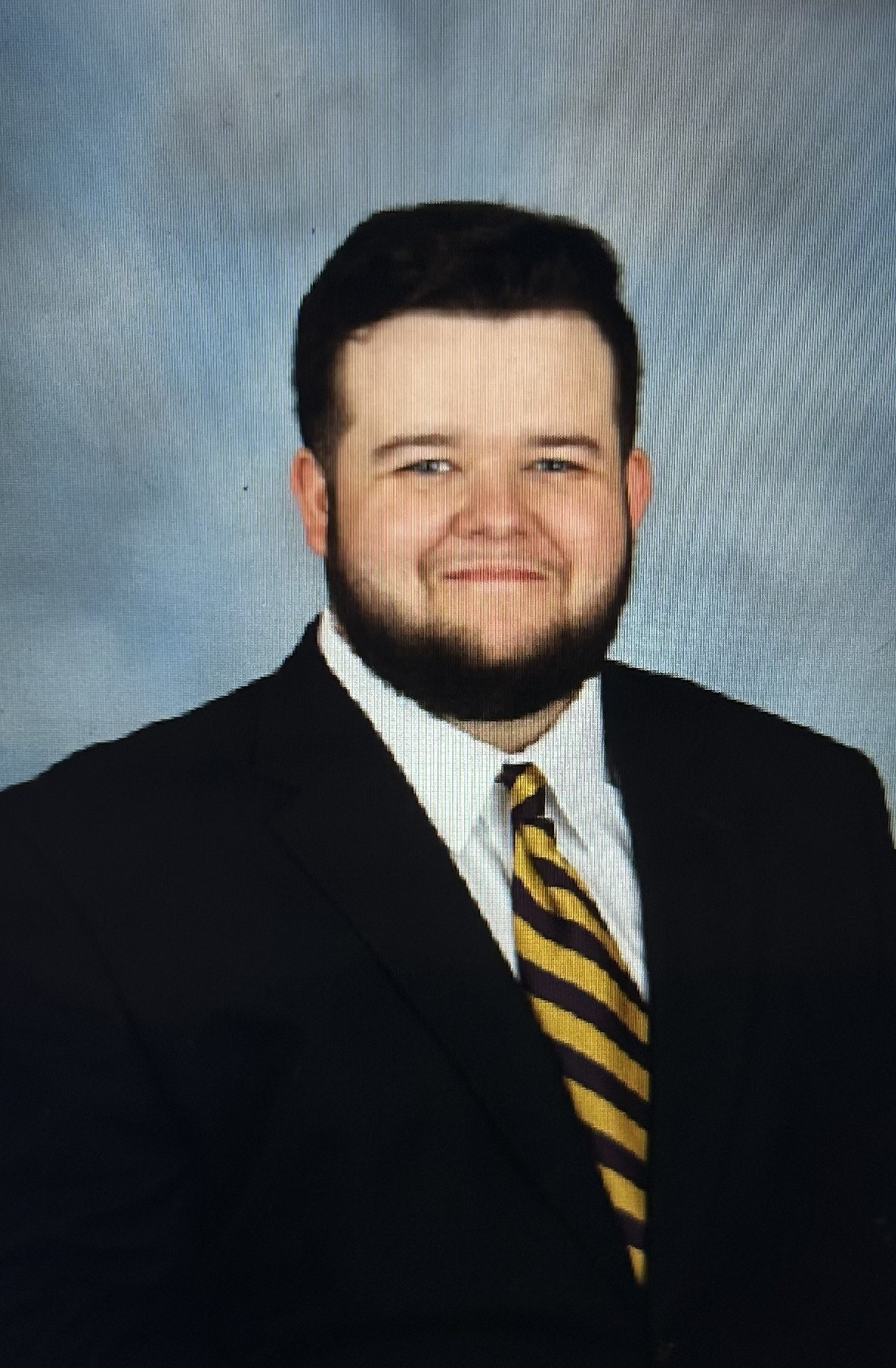Music History in the Music City
How the Fiddle Became the Violin
On Sunday, September 29th, Music City Baroque put on a wonderful historical program mapping the history of violin in folk and art music. Titled “How the Fiddle Became the Violin” the event detailed the vibrant history of the instrument from the Renaissance until the 19th century. Pieces by John Dowland, Johann Schop, Antonio Vivaldi and several cultural folk tunes with unknown composers were delivered expertly by the musicians in their group. Guest artist, and concert programmer, Brandi Berry Benson proved to be extremely knowledgeable on the music and her insight added a whole lot of context to the pieces that were performed.

Starting in the Renaissance, Ms. Benson performed a few dance pieces including one of John Dowland’s most famous lute compositions, Lacrimae Pavan. She explained how the original violin band was primarily used for formal functions and associated with some kind of dance. At the beginning of the tradition these dances were created in order to accompany the song or tune. These two John Dowland tunes were originally composed for Lute as were many of Dowland’s compositions. Lacrimae Pavan is considered to be one of the most popular songs of the period, musicologists have claimed that it was one of the most distributed pieces of music of the Renaissance. Alongside this piece Ms. Benson performed a Galliard by Dowland and another dance tune Green Garters by John Johnson. All these pieces were arranged for string quartet and lute accompaniment. It was a pleasant experience to be taken back into the Renaissance and learn more about the origins of Violin playing in folk music.
Following the Renaissance, we are taken into the early Baroque with a collection of dance tunes written by John Playford in his collection “The English Dancing Master”. They selected three tunes from the 1651 collection: “Mr. Isaac’s Maggot”, “Long Cold Nights”, and “Queen’s Jigg” all were arranged for string quartet by David Douglass. As Playford’s title would suggest, all these songs have associated dances. We still haven’t gotten to the time where the song is made for the dance, so these dances were likely all unique to the song being played. These songs adapted some of the art music aspects of the Baroque period but retained, in vitality, the folk aspects of the Renaissance. The presence of newer contrapuntal technique is present but does not affect the dance style of the music. Ms. Benson detailed these intricacies before performing this part of the concert. She also showed complete understanding and mastery of these developing techniques during the performance.
As we advance further into the baroque and early classical period a lot of Violin music transitions into art music. However, the folk tradition continues throughout this period. Ms. Benson selected several pieces that still upheld folk music on the European continent with the added intricacies of Art music. Selections included the popular “Folia” , this one composed by Antonio Vivaldi; a newer version of the aforementioned Lacrimae Pavan, this one by Johann Schop; a Sonata by Dario Castello and several other pieces to express this transition from the older folk music. Especially of note was O’Carolan’s Concerto by Turlogh O’Carolan. This piece enunciated the differences between folk on the mainland continent and in Ireland, England and Scotland. This concerto is said to have been written in response to Francesco Geminiani’s visit to Dublin and his critique of O’Carolan’s violin music. No matter the history behind it, it stands as an excellent piece to show the collaboration between folk and art music in Ireland. Alongside this Irish concerto, the group performed a newer version of Lacrimae Pavan. Johann Schop put his own German spin on the English tune. He retained the original melody but added several folk elements from Germany, Austria and Bavaria. Ms. Benson made sure to mention the cultural differences in the music despite it being the same tune. One of my favorite pieces played was Vivaldi’s rendition of the Iberian folk tune, Folia. It is argued whether or not the Folia is a specific melody, harmonic structure or compositional technique. Despite this, Vivaldi’s version stands as a remarkable Italian take on this Iberian tune. I do wish Ms. Benson talked a little more on the cultural history of this specific piece, but like several other pieces she performed she simply let the music do the teaching.

The final part of the concert was dedicated to Folk tunes that “crossed the pond”. These folk pieces of varying cultural origin were brought over by several different groups to America. From these songs a lot of American folk tradition grew, including the likes of Bluegrass and other Appalachian music. Ms. Benson selected tunes of British, Irish, Scottish and French origins suggesting that a lot of these tunes came over with the original settlement of North America with the youngest piece written sometime in the early 19th century. It is important to note that this is the time where we transition from a dance being made for a song to the more modern method of a song being composed for a dance. This is especially present in bluegrass and modern country music with the line dance.
It’s interesting to me that this program was detailing the development of the fiddle to a violin but now it’s almost as if the violin is once again becoming the fiddle. In the Scottish selection from this part of the concert, like “John Come Kiss Me Now,” it is apparent that at this time they were significantly less interested in the art music aspects and almost solely interested in the music for the preservation of folk tradition in a new land. The group closed the concert with this hearty and fulfilling presentation of the roots of bluegrass and American folk music.
Overall, the concert was simple, concise and effective at displaying the diverse history of the Violin as an instrument in folk and art music. There were some interjections of history given to the audience but for the most part the history was laid out in the music and Ms. Benson often let the music tell it for her. The accompaniment for the group was extremely interesting as he used period accurate string instruments including the lute and early versions of the guitar. This effect was a great choice for the concert and created an atmosphere that truly felt like you had traveled back in time to come to this concert. Music City Baroque did an excellent job in selecting guest artists and developing a program like this. Education of music history are often lectures on what happened, but it was a nice breath of fresh air to listen to the music of the period live.



